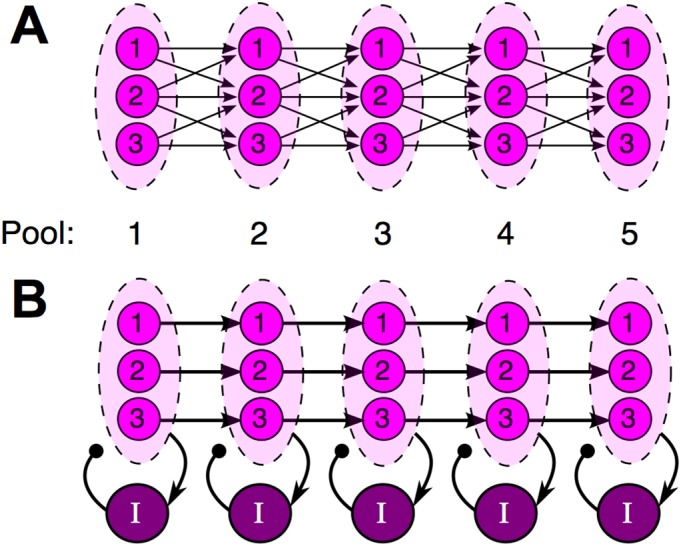Fig 1. A schematic comparing the synfire chain (A) to our proposed model (B).

A, The standard synfire chain. Fan-in and fan-out connectivity allows the spike timing of multiple cells in one pool to influence the spike timing of each cell in the next, which ultimately leads to synchronized spiking within pools. B, Parallel chains generate sequences simultaneously with shared feedback inhibition. Cells in each pool share no common excitatory input and do not directly interact with each other. Instead, synchrony is promoted by inhibitory feedback shared by all cells in a pool. When the interneurons are activated repeatedly by spatially recurrent excitatory activity, this common inhibitory input proves sufficient to synchronize spiking within pools (see Fig 2).
